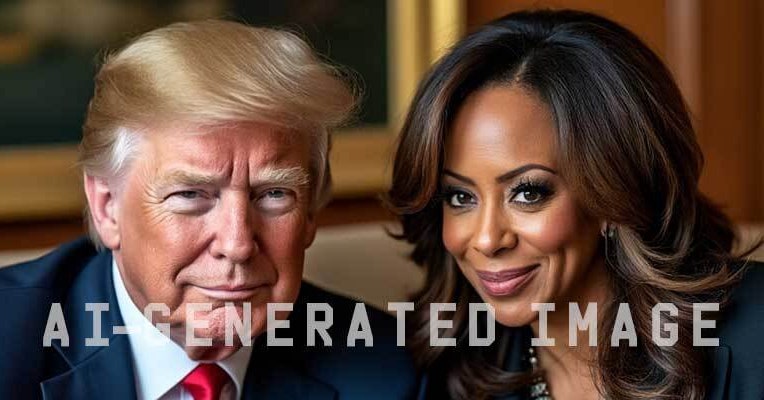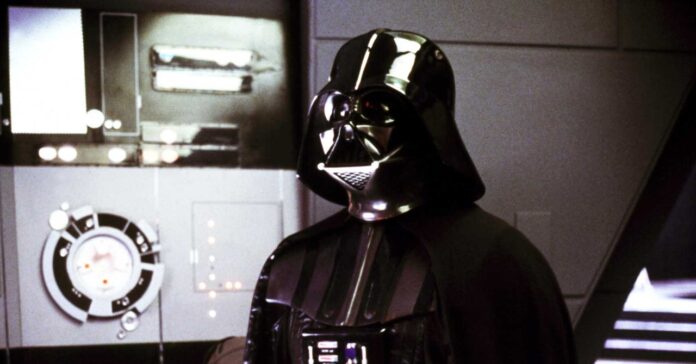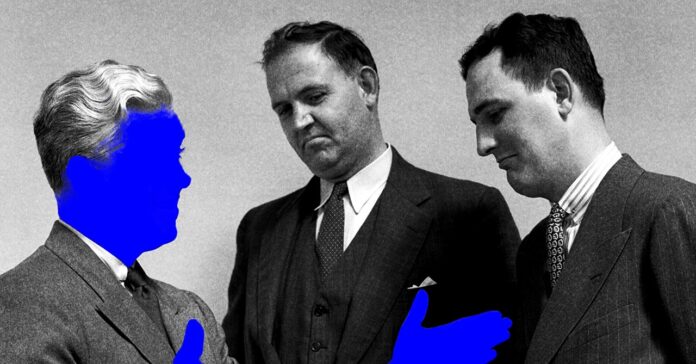In Short:
Elon Musk recently shared a fake AI-generated image of Kamala Harris as a “communist dictator,” which many users pointed out didn’t accurately resemble her. Online reactions noted that the AI struggled to depict Harris realistically, often creating images that looked like random people. Unlike Donald Trump, who has many images, Harris has fewer available, making AI generation more challenging.
Recently, Elon Musk shared an image on X that depicted Kamala Harris dressed as a “communist dictator.” The image, however, was clearly fabricated, as Harris does not identify as a communist and is not known for cosplaying as a Soviet figure. Observers quickly noted that the woman in the photo, likely generated by X’s Grok tool, bore only a minor resemblance to the Vice President.
Responses from the Public
One user on X remarked, “AI still is unable to accurately depict Kamala Harris,” suggesting the image resembled a “random Latina woman.” Another commentator humorously pointed out that “Grok put old Eva Longoria in a snazzy outfit and called it a day,” highlighting the image’s resemblance to the Desperate Housewives star.
A third user noted, “AI just CANNOT replicate Kamala Harris. It’s uncanny how failed the algorithm is at an AMERICAN (of South Indian and Jamaican heritage).” Numerous tweets circulated sharing AI-generated images of Harris, many of which were criticized for their lack of accuracy and realism.
AI-Generated Content Concerns
A viral tweet featured an AI-generated video depicting a fictional romantic relationship between Harris and Donald Trump that has garnered nearly 28 million views on X. In this montage, Harris’s appearance fluctuates dramatically while Trump’s imagery remains consistently recognizable.
In an attempt to create a more neutral image of Harris and Trump reading a copy of WIRED using Grok, the results showed Harris with inconsistent features, hairstyles, and skin tones, sometimes resembling former First Lady Michelle Obama.
Grok vs. Other AI Tools
Grok distinguishes itself from other notable AI image generators by allowing the creation of faked images of political figures. Earlier this year, Midjourney instituted restrictions preventing users from producing images of Trump and President Joe Biden, a move taken following a report from the Center for Countering Digital Hate, which highlighted the potential for creating politically charged images using their tools.
Conversely, both OpenAI’s ChatGPT and Google’s Gemini did not generate images of Harris or Trump during testing conducted by WIRED. However, several open-source image generators, including Grok and Stable Diffusion, were still able to produce unsatisfactory images of Harris.
Challenges in AI Image Generation
Modern AI image generators typically utilize diffusion models, which create images from textual prompts by processing thousands of labeled images. Joaquin Cuenca Abela, CEO of Freepik, explained that the challenges these generators face in accurately depicting Harris as compared to Trump stem from a lack of well-labeled visuals available for training.
Despite her role as a prominent public figure, Harris has been photographed less frequently than Trump. A quick search on Getty Images revealed 63,295 images of Harris contrasted with 561,778 of Trump. Given her recent entry into the presidential race, she is seen as “a new celebrity” in the context of AI image creation, according to Cuenca Abela, who noted that it often takes some time for AI to effectively adapt to new public figures.





